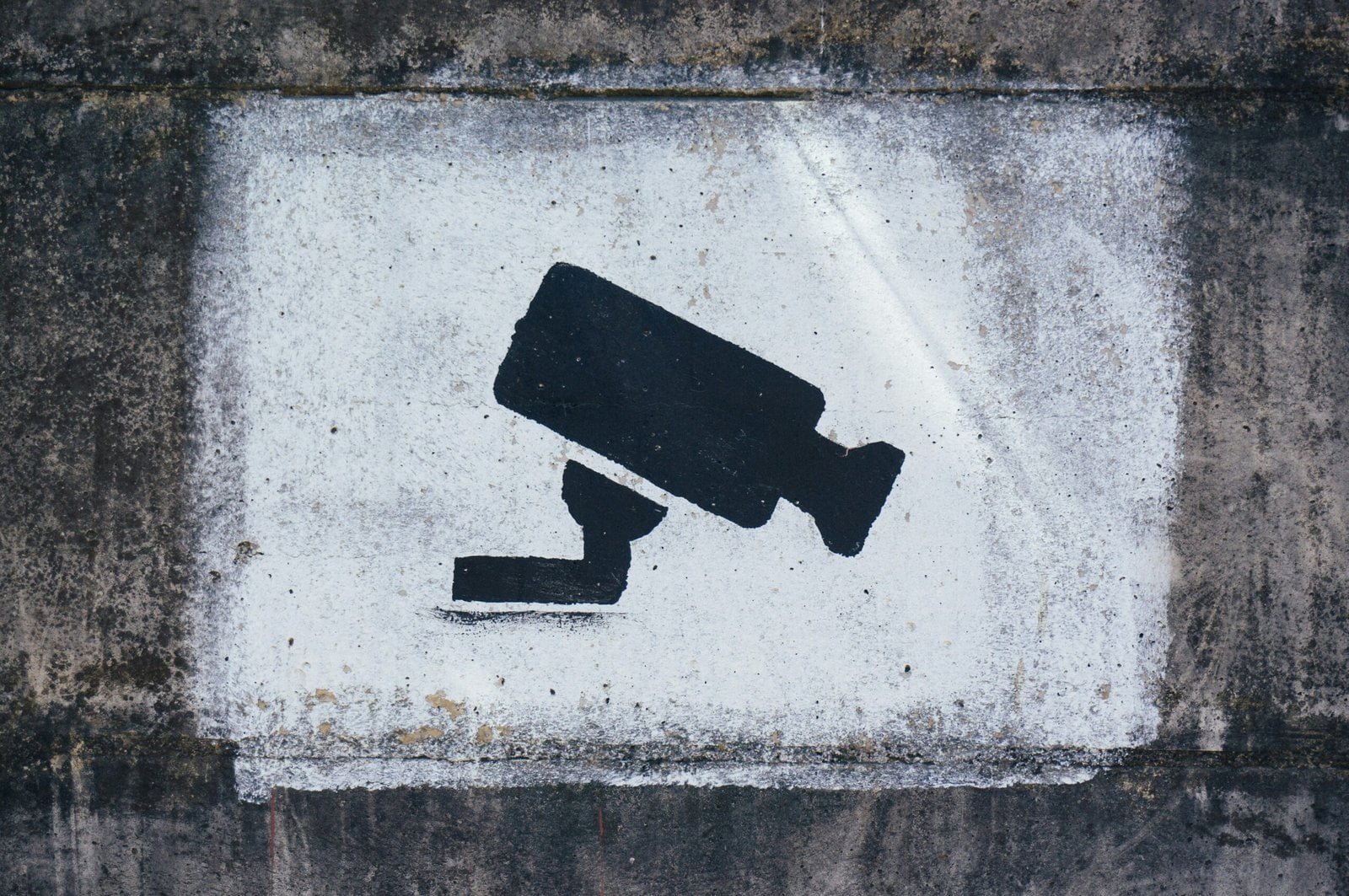
CCTV footage storage is a critical aspect of modern security systems, serving multiple essential functions. At its core, storing CCTV footage is vital for security reasons, providing a record of events that can be reviewed in case of incidents such as theft, vandalism, or other suspicious activities. The retention of footage enables businesses and homeowners to collect evidence, facilitating investigations and potentially aiding in legal proceedings. Furthermore, continuous monitoring through stored footage allows for the identification of patterns or recurring issues, thereby enhancing overall security measures.
Technological advancements have significantly influenced the capacity and efficiency of CCTV footage storage. In the past, limited storage solutions often necessitated the frequent overwriting of old footage. However, with the advent of high-capacity hard drives, cloud storage solutions, and advanced compression techniques, the possibility of long-term storage has become more feasible and cost-effective. These innovations ensure that security systems can retain substantial amounts of footage without compromising on quality or accessibility.
In the upcoming sections, we will delve deeper into various aspects of CCTV footage storage. We will explore different storage options, including on-site and cloud storage, and discuss their respective advantages and limitations. Additionally, we will examine the legal requirements and industry standards that dictate how long CCTV footage should be retained. Finally, practical tips on managing and optimizing storage will be provided, ensuring that you can make informed decisions about your security needs.
By understanding the intricacies of CCTV footage storage, you can better protect your property, comply with legal mandates, and ensure that your security system operates at its highest potential. Whether you are a business owner, a facility manager, or a homeowner, this comprehensive guide will equip you with the knowledge necessary to manage your CCTV footage effectively.
Factors Affecting CCTV Footage Storage Duration
The duration for which CCTV footage can be stored is influenced by several key factors. One of the most critical elements is storage capacity. The size of the hard drive or the availability of cloud storage options directly impacts how much data can be kept. For instance, a 1TB hard drive will store less footage compared to a 10TB drive. Similarly, cloud storage provides scalable solutions, but it often comes at an additional cost.
Another important factor is the video resolution and frame rate. Higher resolution footage, such as 4K, and higher frame rates consume more storage space than lower resolution and frame rates. For example, a commercial setup that requires high-definition footage for security purposes will need more storage capacity compared to a residential setup that can suffice with standard definition recordings.
Legal and regulatory requirements also play a substantial role. Different jurisdictions have varying mandates on how long surveillance footage must be retained. In some regions, businesses may be required to keep footage for a minimum period, often to assist with law enforcement investigations. Failure to comply with these regulations can result in legal repercussions.
Organizational policies are another significant consideration. Companies may have internal guidelines dictating how long CCTV footage should be stored. These policies often aim to balance the need for security and the practical limitations of storage capacity. For instance, a retail store may choose to retain footage for 30 days, whereas a bank may keep recordings for several months.
The interplay of these factors ultimately determines the practical limits of footage retention. For example, a small business with a limited budget might opt for lower resolution cameras and shorter retention periods, whereas a large enterprise with more resources may invest in high-capacity storage solutions and retain footage for extended durations. In residential setups, homeowners might prioritize privacy and storage cost, opting for shorter retention periods.
Understanding these factors can help organizations and individuals make informed decisions about their CCTV systems, ensuring compliance with legal requirements while optimizing storage usage.
Legal and Regulatory Considerations
When it comes to storing CCTV footage, understanding and complying with legal and regulatory requirements is crucial. The duration for which you should retain CCTV footage can vary significantly depending on international, national, and local laws. In Europe, the General Data Protection Regulation (GDPR) mandates strict guidelines for data retention. Under GDPR, organizations must justify the retention period of CCTV footage, ensuring it is only kept as long as necessary for the specific purpose it was collected. Failure to comply can result in substantial fines and legal repercussions.
In the United States, regulations such as the Health Insurance Portability and Accountability Act (HIPAA) come into play, particularly for healthcare facilities. HIPAA requires that CCTV footage containing patient information must be safeguarded and retained according to specific guidelines to protect patient privacy. Additionally, states may have their own regulations that further dictate retention periods for CCTV footage. For instance, California’s Consumer Privacy Act (CCPA) imposes stringent requirements on how businesses handle and store personal data, including CCTV recordings.
Non-compliance with these regulations can lead to severe consequences, including hefty fines, legal actions, and reputational damage. It is essential for organizations to regularly review their CCTV storage policies and ensure they are aligned with current legal requirements. Best practices for compliance include conducting regular audits of CCTV systems, implementing robust data protection measures, and providing staff with adequate training on data privacy laws.
Case studies highlight the importance of compliance. For example, a retail chain in the UK faced significant fines for retaining CCTV footage longer than necessary, violating GDPR guidelines. Conversely, a hospital in the US successfully avoided penalties by adhering to HIPAA regulations, showcasing the positive outcomes of compliance. By following these guidelines and learning from real-world examples, organizations can effectively manage their CCTV footage, ensuring legal compliance and protecting individual privacy.
Best Practices for Managing CCTV Footage Storage
Effectively managing CCTV footage storage is critical to ensuring the security and availability of your video data. Implementing best practices can aid in optimizing storage capacity, maintaining data integrity, and reducing costs. Here are some actionable tips for managing CCTV footage storage:
Firstly, establish a comprehensive storage policy. This policy should outline the retention period for different types of footage, based on legal requirements, organizational needs, and storage capacity. Regularly review and update this policy to ensure it remains relevant and effective.
Choosing the right storage solution is also crucial. On-site storage offers immediate access to footage and control over data security but may require significant initial investment in hardware. Cloud storage, on the other hand, provides scalability and remote access, with the added benefit of off-site data protection. Evaluate your specific needs, considering factors such as budget, accessibility, and data protection, to decide on the most suitable storage option.
Regular maintenance and backup procedures are essential for ensuring the longevity and reliability of your storage system. Schedule periodic checks to identify and resolve issues such as hardware failures or data corruption. Implement automated backup systems to create redundant copies of footage, minimizing the risk of data loss.
Implement robust data protection measures to safeguard footage from unauthorized access or loss. This includes using encryption to protect data in transit and at rest, setting up strong access controls, and regularly updating security protocols. Additionally, consider deploying intrusion detection systems to monitor and respond to potential security breaches.
Balancing storage costs with retention needs is an ongoing challenge. To manage costs effectively, use compression techniques to reduce file sizes without compromising quality. Archive older footage that is less likely to be needed but must be retained for compliance reasons. Consider using cost-effective storage tiers, where frequently accessed data is stored on faster, more expensive media, while less frequently accessed data is stored on slower, more economical media.
Finally, leverage tools and software to streamline the management of CCTV footage. Video management systems (VMS) can automate many aspects of storage management, including scheduling, archiving, and retrieval of footage. Analytics tools can also help in identifying patterns and anomalies, making it easier to manage large volumes of data.



No responses yet